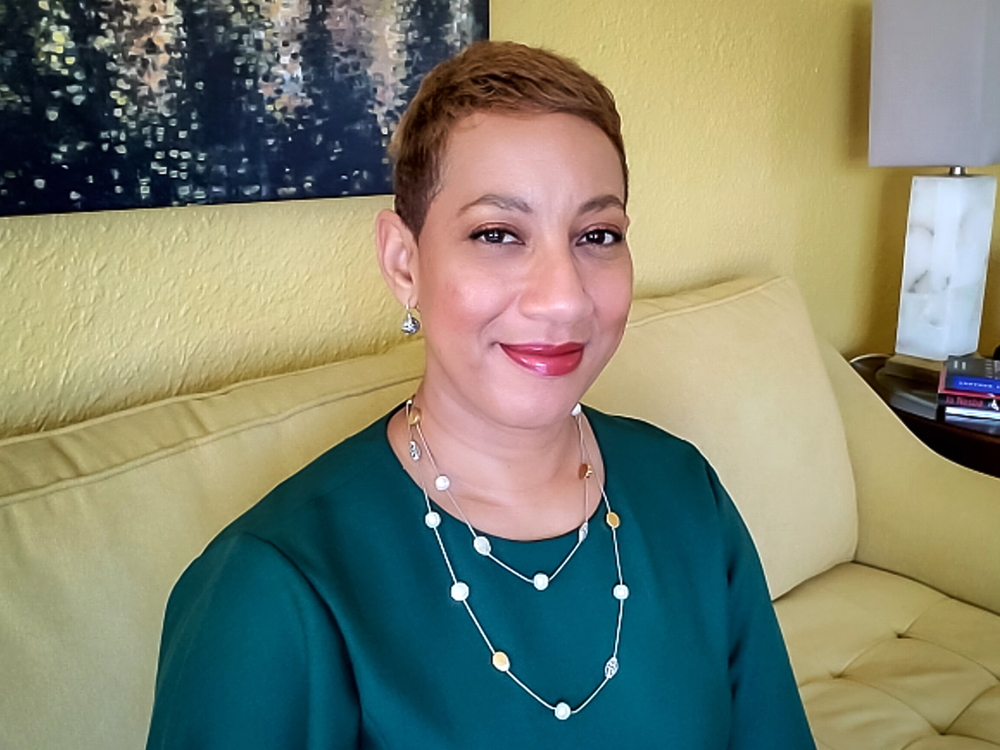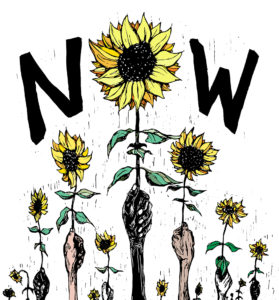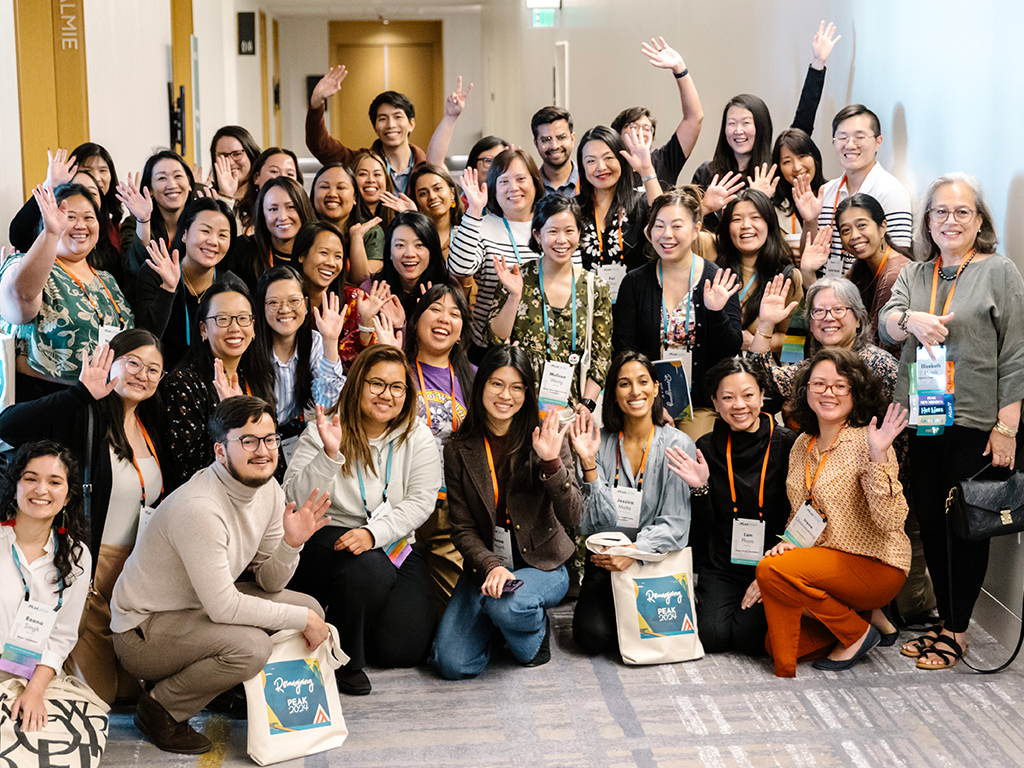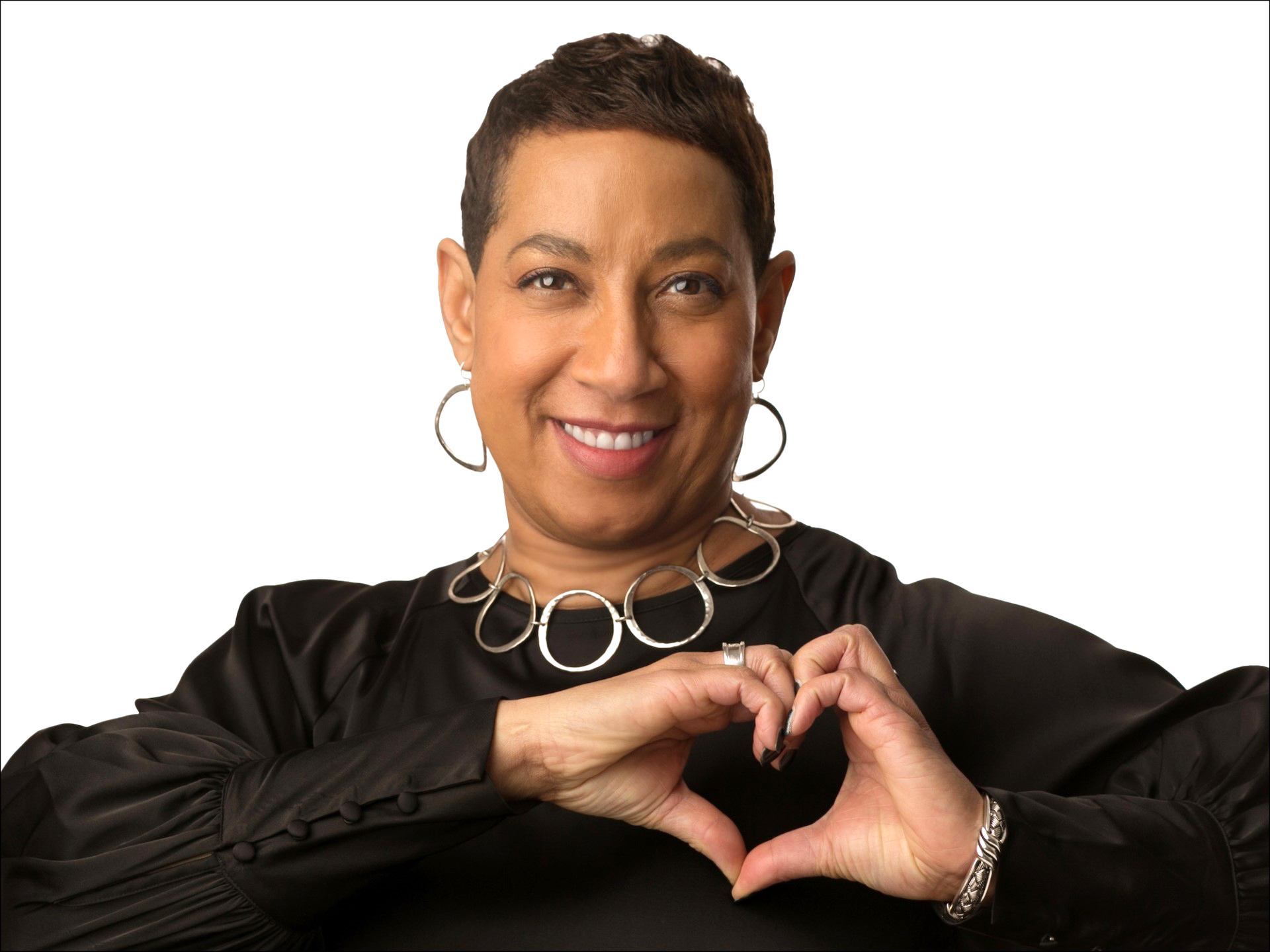
I know what it feels like to be the “only” in a room.
I’ve had a career in which I was, continuously, an “only”—female, Black, from Ohio—including, for a time, serving as the only Black person on PEAK’s board of directors. But by prioritizing diversity, our board has come to reflect the racial and ethnic array of our community. It has been beautiful to share the richness of experiences and backgrounds represented there today.
Sadly, however, we must face the fact that racial and ethnic diversity do not automatically equate to more equitable treatment or practices.
As a Black woman becoming a CEO, my role has changed dramatically, but not so much perceptions about my race, my worthiness, or my perceived authority. As a nonprofit CEO immersed in the philanthropic sector, the perception is that we should be happy with what is given to us, that we should make few demands—the same expectations that are drummed into the psyche of so many nonprofit workers and so many young Black girls. Say thank you. Don’t call attention to yourself. Keep your eyes down and don’t act like an equal.
Hence, I find myself reeling at the intersection of narratives I strongly reject. To live in my power and purpose at this moment, I find myself facing obstacles I likely could have anticipated, but which still take me by surprise. One of those is helping leaders of color understand that the journey toward understanding and achieving racial equity is not only for white people. It’s for us, too because we’ve been through so much to get here, there’s some painful unlearning to do as part of our path.
As people leading the nonprofit and philanthropic sectors become more diverse, I am hopeful that we’ll create a new model of leadership that rejects the almost imperceptible pull toward paternalistic, white-dominant, authoritarian models. As I go through my own journey of racial healing, I am both humbled by and proud of the person I have become, living my values with courage and practice, learning while leading, and celebrating the setbacks that can feel like failures, but which are really lessons for the future.
When you think back on PEAK’s origin story, I hope you see that equity was baked in from the start. We began by demanding recognition for the complexity of the work we do. We asked for professional development and proper compensation. We rejected being referred to as “back office,” given the connotation that we were hidden, quiet, and less important. We highlighted the strategic oversight of not including grants managers and other operations staff at the decision-making table. We pulled the data that showed the misalignment between the way our organizations made grants and our stated intentions. We made it clear to all that failure was a part of learning—that we need to tell the story of what worked and what didn’t with full transparency so that others might shortcut their way toward greater success.
Fast forward 25 years to today, and you’ll see that those learnings have become the foundation of our Principles for Peak Grantmaking. We didn’t pen a quick-fix advice column for foundations. We used all the lessons we’ve learned, the storytelling skills we’ve developed, and dedicated, critical inquiry as a glide path toward more equitable grantmaking practices. Advancing equity is a learning journey we need to walk collectively. We need common language and shared understanding if we’re going to succeed in transforming philanthropy and the sector writ large.
So what does racial equity have to do with PEAK’s mission? Funny you should ask. The answer is everything.
I see PEAK playing a critical supporting role in elevating all things that drive equity, even (or especially) when it makes some uncomfortable. As Glenn Harris, president of Race Forward and publisher of Colorlines, warns: “An unbalanced system makes all of us pay.”
Speaking candidly, I myself am feeling the costs. Amid ongoing social and racial unrest, exacerbated by a pandemic whose end still seems distant, the days can feel heavy. What keeps me living with joy? Seeing how we have transitioned from talking about equity at a conference to advancing equity as the throughline of our work.
In celebrating our 25th year of service, we’ve committed to the idea that you can throw a party or you can do something! Milestones are the perfect opportunity to call your peeps into action, so that’s what we’re doing. Let’s launch our next chapter by shining a spotlight on racial equity with the understanding that—together—we can dismantle institutional and systemic racism on the path toward better practices. We won’t stop until all of us—PEAK staff and board included—are tying practices to values, narrowing the power gaps that exist between nonprofits and funders, and driving equity in every aspect of our work.
As a community, we have all that we need to change this sector for the better. We may have a ways to go, but we are travelling in very good company.
Satonya Fair
President and CEO
GALLERY

Pete Railand, NOW
The idea that hope is a catalyst for action infuses Railand’s work featured in this issue. “Through my work, I hope to communicate to the viewer that our lives are unwritten. We can change things,” Railand says. “We can work together to make things better.” Now, which he created for the Global Climate Strike marches of 2019, features the sunflower, a symbol used in social and environmental movements for decades, from the first Earth Day in 1970 to the 2014 Sunflower Student Movement in Taiwan.
Justseeds Artists’ Collaborative (justseeds.org)


